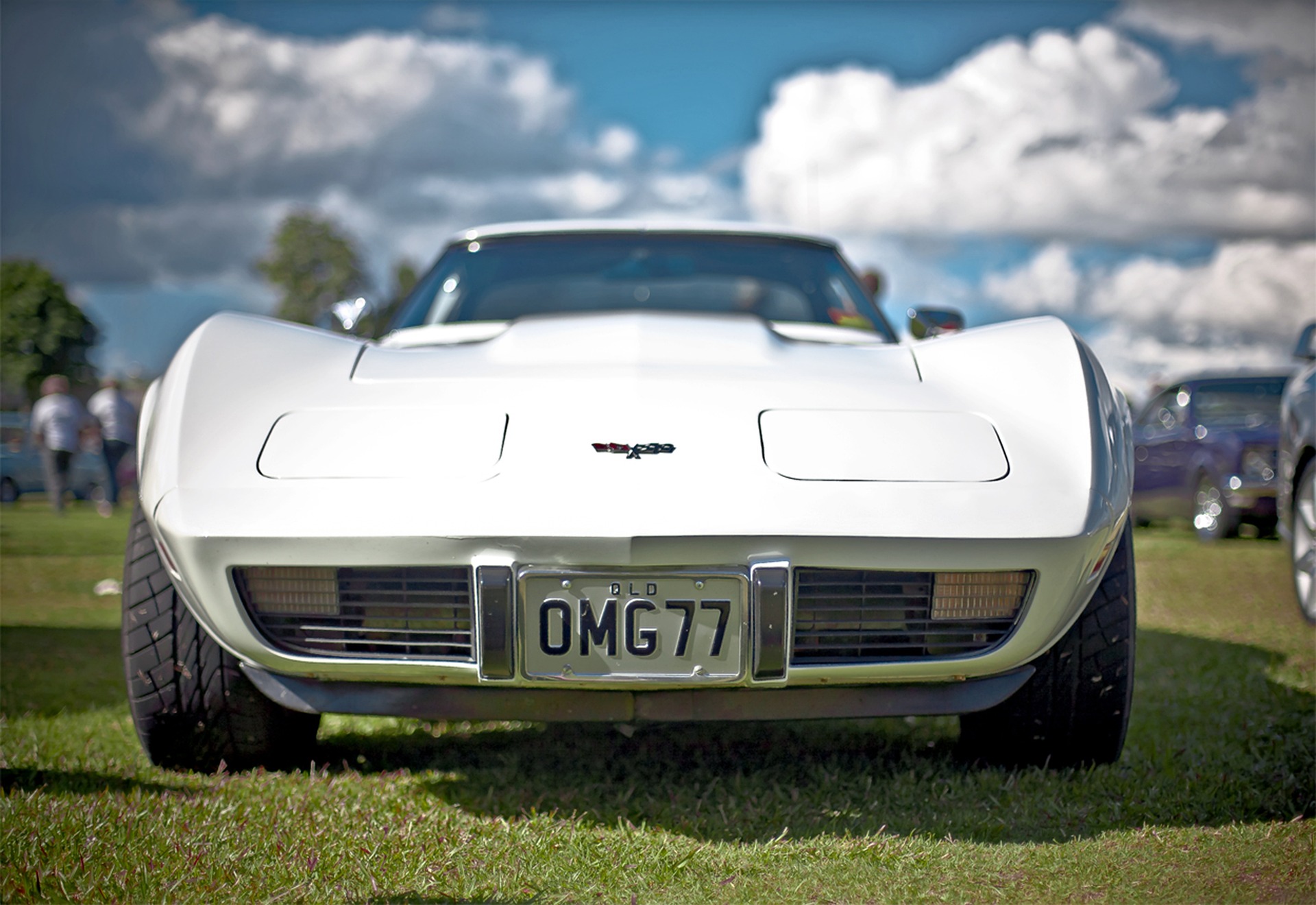"Breaking the Speed Barrier: The Intriguing World of Supersonic Cars"
Imagine a car that can surpass the speed of sound, a car so fast it leaves a sonic boom in its wake. In the realm of supersonic cars, this is the thrilling reality. This article will delve into the fascinating world of these speed demons, exploring their historical development, current trends, and the profound impact they have on the automotive industry.

Pioneering the Supersonic Era
The journey of supersonic vehicles starts with the revolutionary Thrust SSC, the first car to break the sound barrier. Led by British engineer Richard Noble, the project saw the light of day in 1997. The car, powered by two Rolls-Royce Spey turbofan engines, achieved an astounding speed of 763.035 mph, setting a world record. Over the years, we’ve seen advancements and modifications in the design and technology of these ultra-fast vehicles.
The Race for Supremacy
In the world of supersonic cars, the quest for speed is relentless. The current trends revolve around the pursuit of higher speeds, with teams worldwide challenging the record set by Thrust SSC. The most notable contender is Bloodhound LSR, a project aiming to hit the 1000 mph mark. Developed by an expert team including Richard Noble, the Bloodhound project underscores the industry’s insatiable hunger for speed and innovation.
The Technology Behind the Speed
The engineering behind supersonic cars is a marvel in itself. The primary challenge lies in overcoming the aerodynamic drag and maintaining stability at high speeds. The use of rocket propulsion systems and jet engines are common, providing the necessary power. The car’s body is streamlined to reduce drag, while advanced materials are used to withstand enormous stress and heat. However, these remarkable speeds pose significant safety and environmental challenges, particularly in terms of noise pollution and fuel consumption.
Impact on the Industry and Beyond
The development of supersonic cars has far-reaching implications. For one, the technologies used in these speed machines often find their way into regular cars, improving performance and safety. Furthermore, the race for higher speeds fuels innovation and research in the industry, pushing the boundaries of what’s possible with automotive engineering. However, the pursuit of breakneck speeds also presents ethical and environmental questions that the industry must address.
Conquering the Future
As we look ahead, the future of supersonic cars appears promising and fraught with challenges. The quest for speed continues, with teams vying to shatter existing records. At the same time, the industry is grappling with environmental concerns, working on more sustainable propulsion methods. The supersonic car, in many ways, embodies the spirit of the automotive industry – a relentless drive towards innovation, tempered by the need for responsibility and sustainability.
In the world of automotive engineering, supersonic cars represent the ultimate pursuit of speed. As we continue to push the limits of technology and design, these awe-inspiring vehicles stand as a testament to human ingenuity and our insatiable desire to go faster. However, as we race towards the future, it’s crucial to balance our need for speed with our responsibility to the planet and each other.




